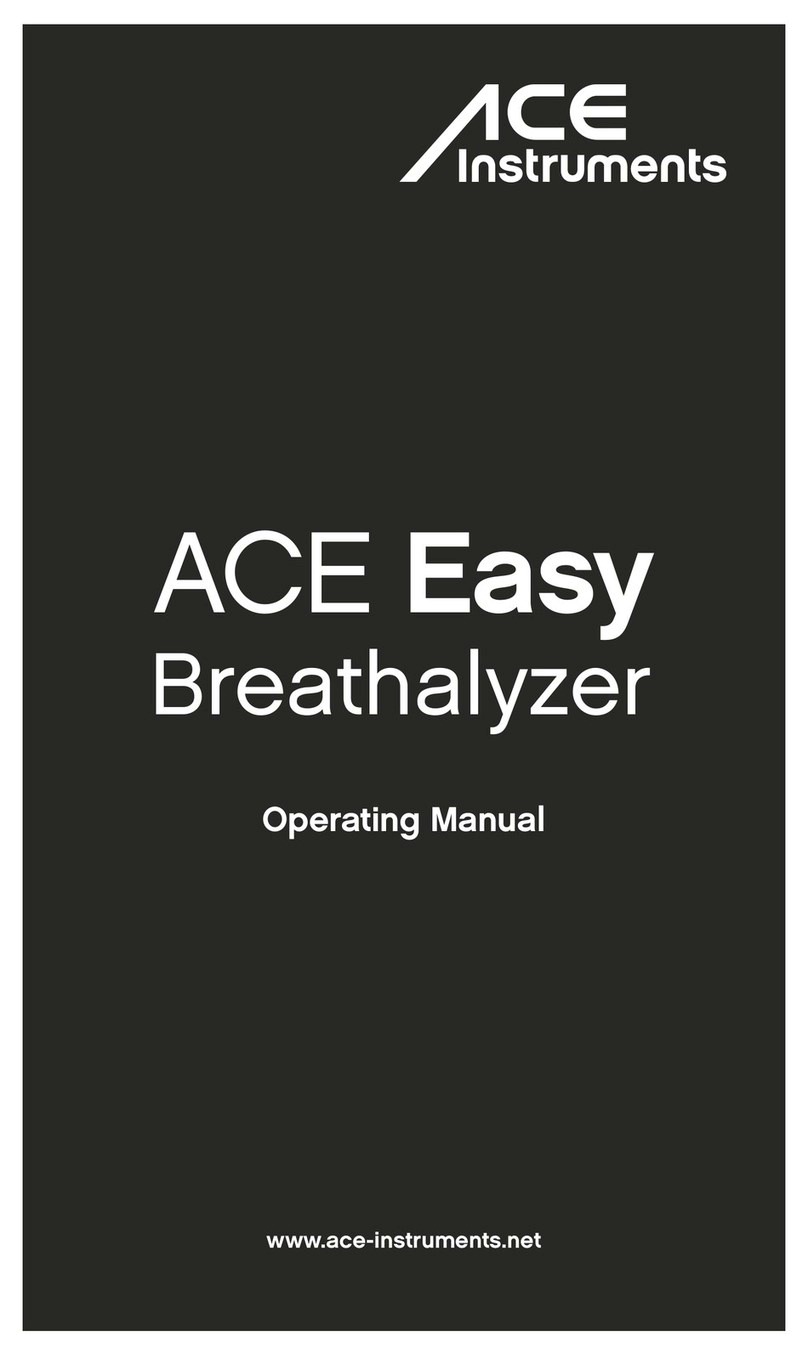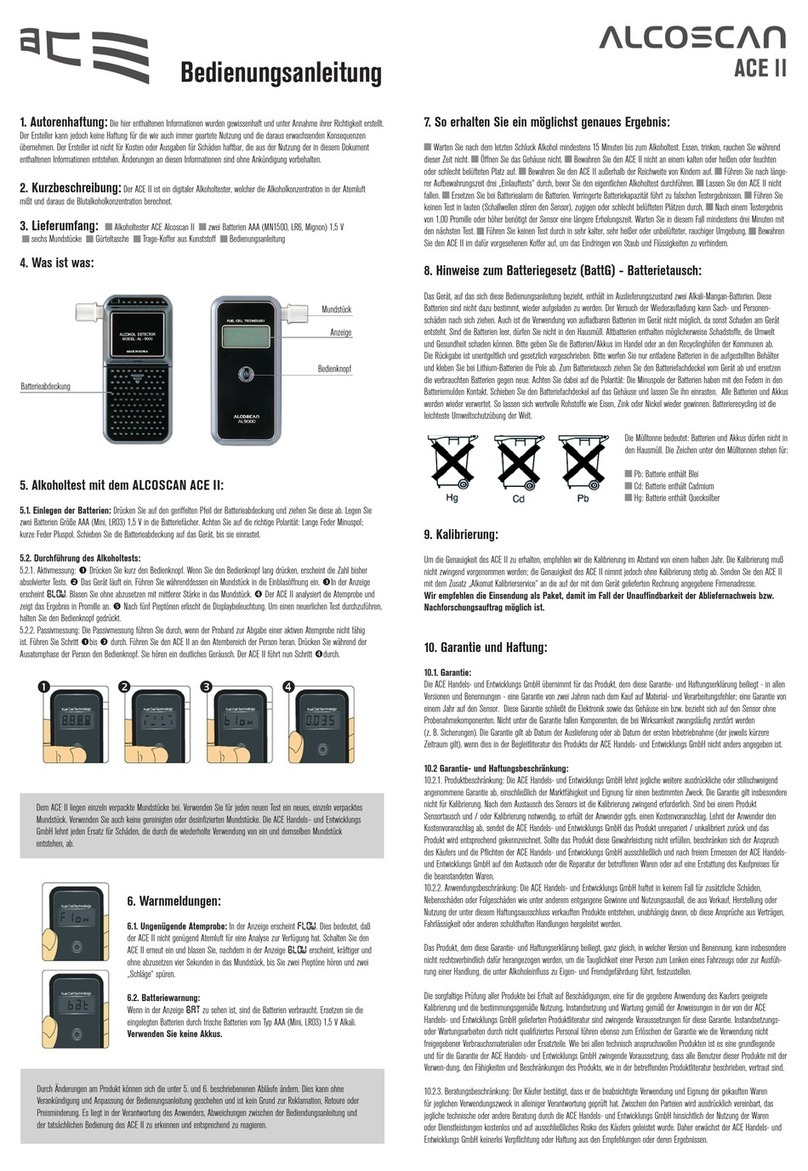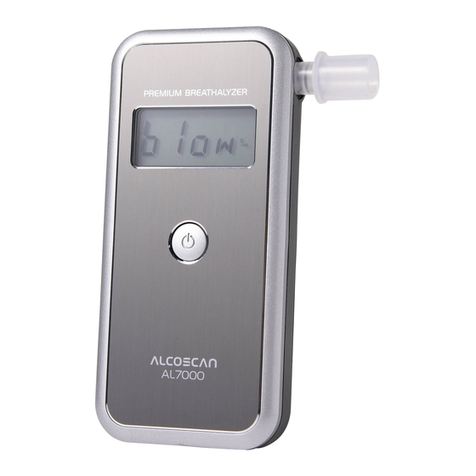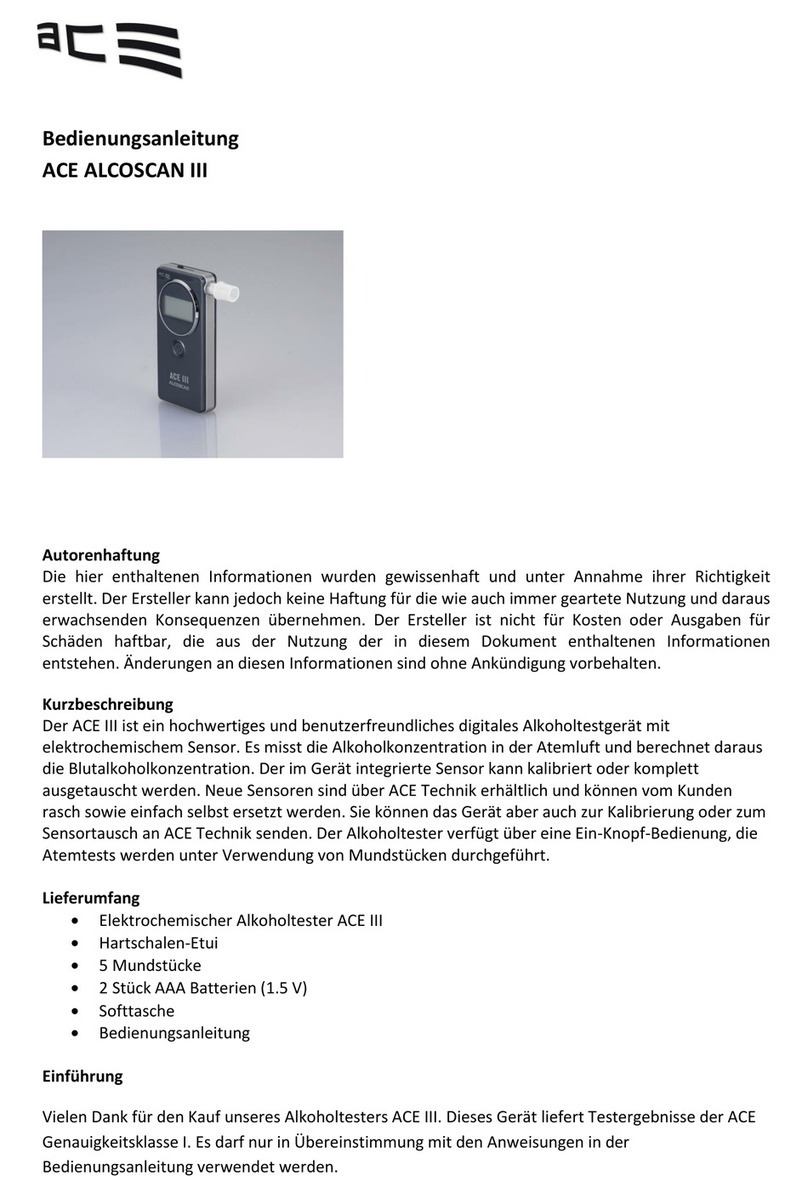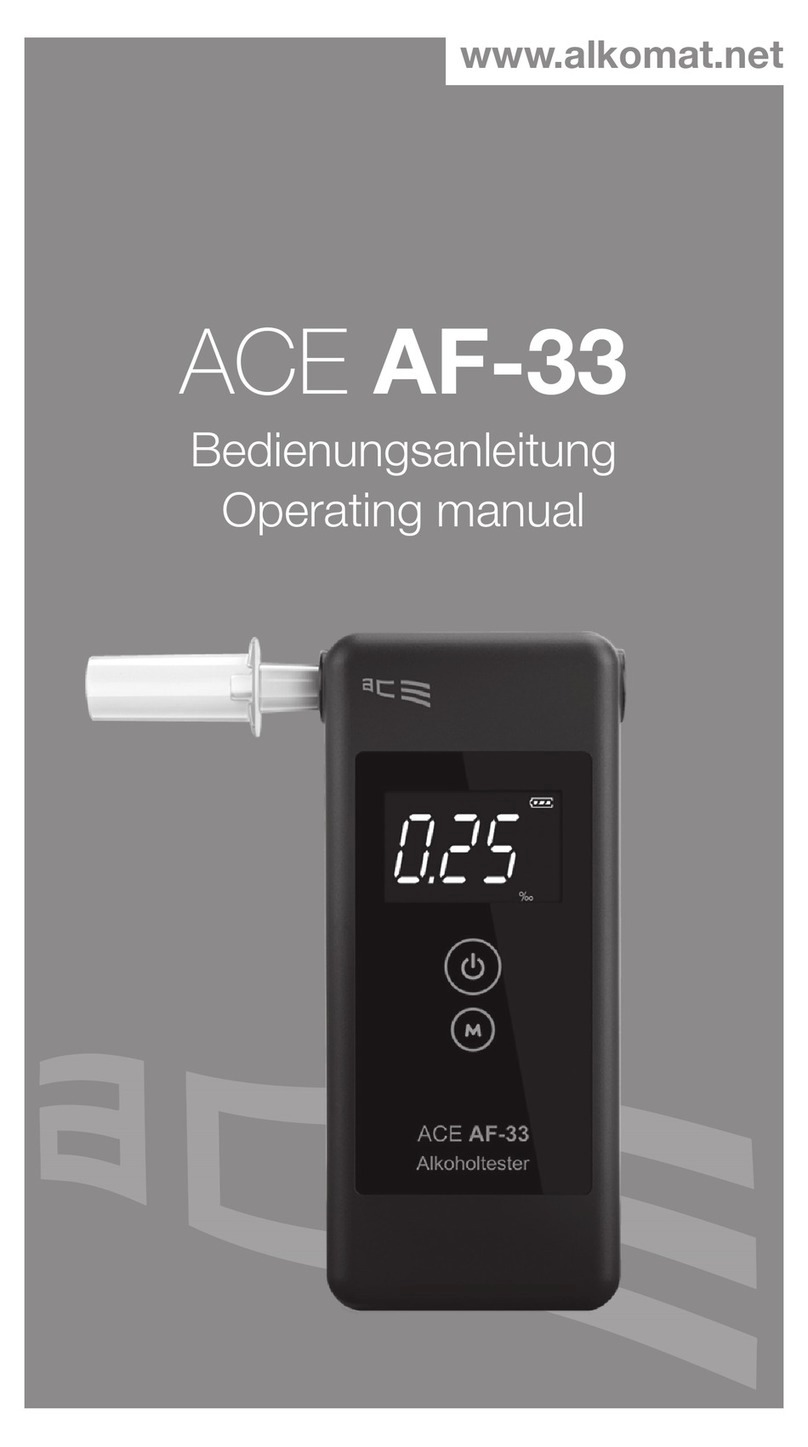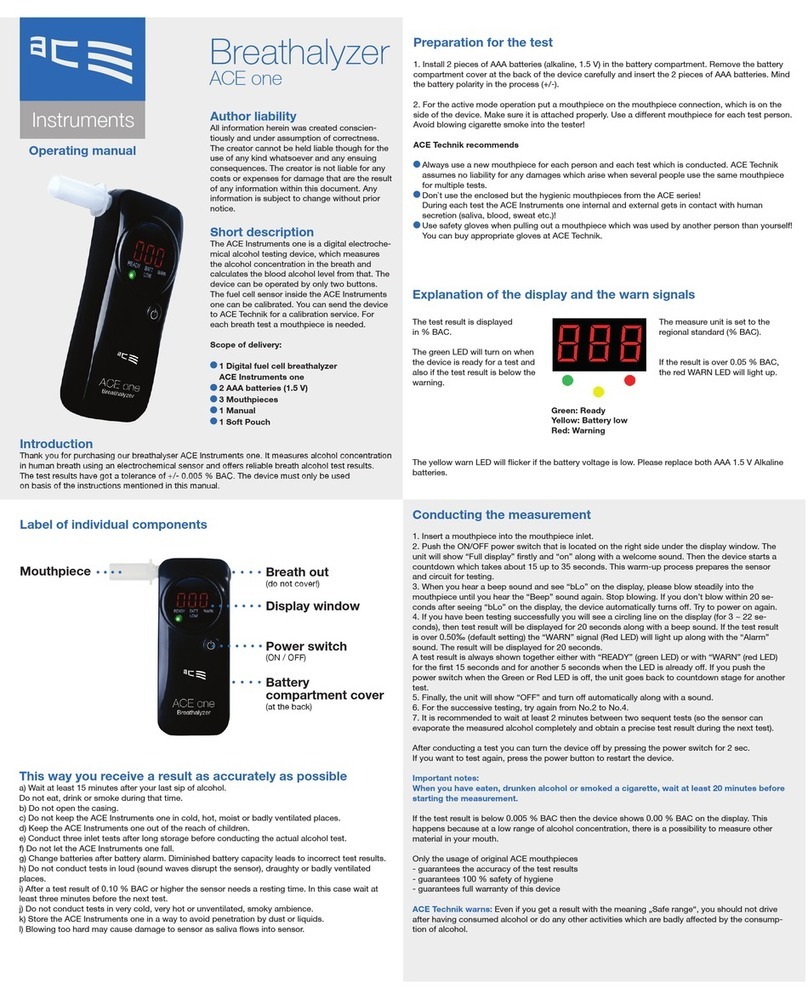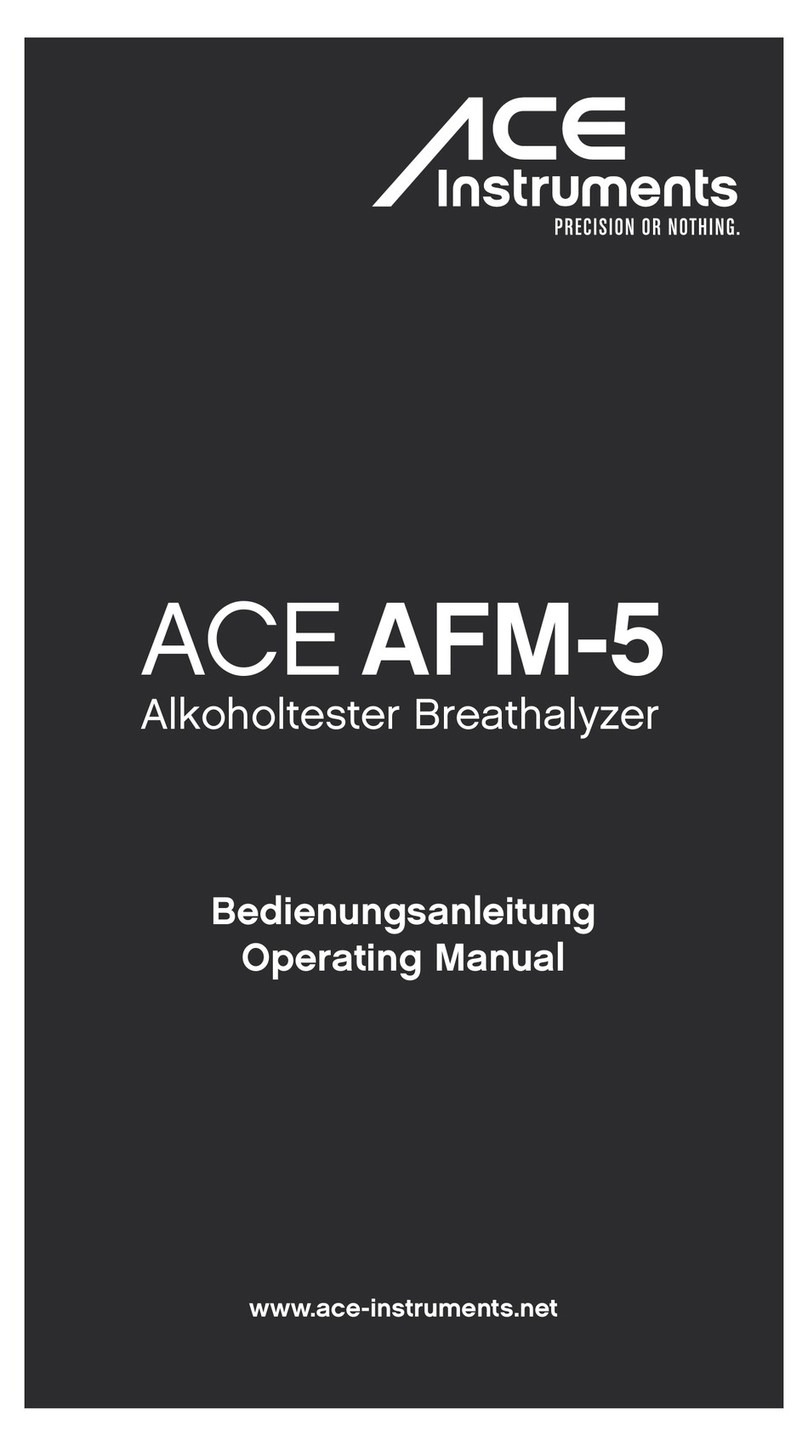
Operation & Maintenance Manual
APS-PE Penstock
Introduction and Purpose
Aquatic Control Engineering (ACE) are specialist suppliers and installers of water flow control
equipment. Aquatic Control Engineering Ltd is trading as AQUIKO.
This document sets out the requirements and procedures for the installation, operation and
maintenance of the AQUIKO ARF Flap Valve. Aquatic Control Engineering conforms to UK CA
certification (where applicable*) and compliance to BS7775. ACE conforms and is accredited to ISO
9001 Quality and ISO 45001 Occupational Health and Safety Management systems; alongside a
variety of industry standards and ISO 14001 Environmental Management Systems in place.
The AQUIKO ARF Flap Valve is designed to act as a passive flood prevention device, in the form of a
non-return valve. The flap valve is placed over outfalls to allow virtually free flow in the intended
direction, but prevent return flow as the outfall level rises.
This manual is specifically for the ARF Flap Valve 100-1500mm. The operative installing must ensure
they understand this manual prior to commencing installation works. Any purchase of a different
size, outside of this product range, should seek further advice from Aquatic Control Engineering prior
to commencing any works for installation; your product may require specific instructions.
The APS-PE is fitted as standard with a non-rising spindle, with a Polyacetal nut block, meaning that
it does not need greasing, even after a long period of no use. The penstock can be relied upon even
during infrequent use; this is particularly useful in secondary protection, emergency shut off and
maintenance isolation applications. The material remains suitable, however for regular use, so it can
be used in many other more arduous conditions.
* NB: In some cases, particularly where actuated after installation, the installer may be responsible
for UK-CA certification of the incorporated system. Please contact ACE if you require advice on this.
Technical and Material specifications (summary)
The APS-PE is manufactured using a combination of High Density Poly Ethylene (HDPE) and Stainless
Steel 316, ensuring the equipment is:
-Very robust, yet much lighter than comparable strength materials
-Low friction (coupled with lighter weight) allows much lower force required to operate
-Suitable for harsh environments, including sewage and seawater
-UV stable, recyclable and low - carbon - long lasting
-Virtually maintenance free; see the maintenance section of this manual
-Available within a range of operation options and drive variants.












